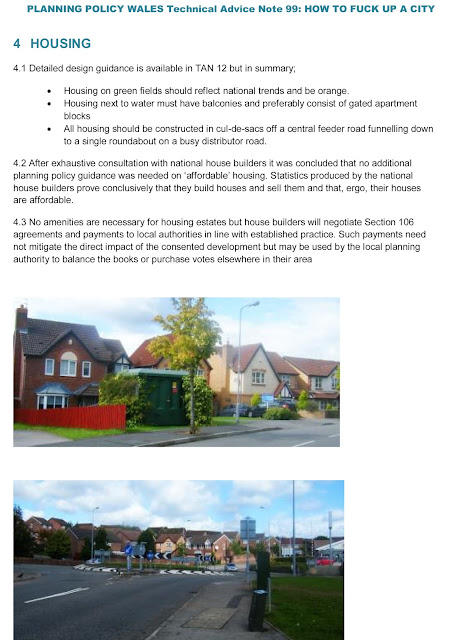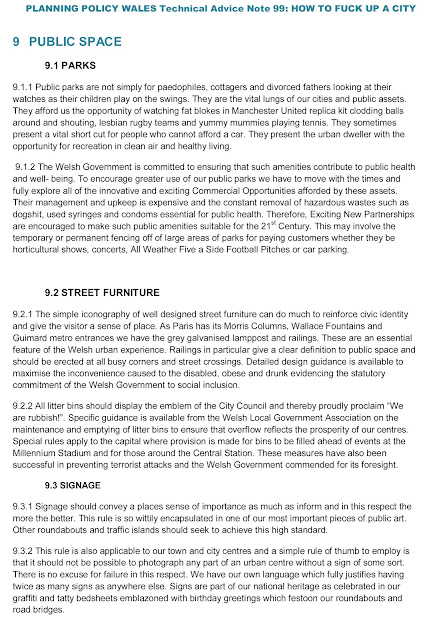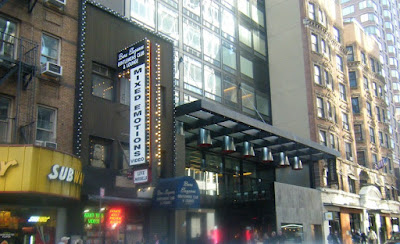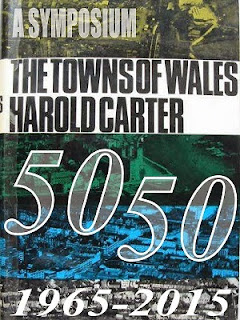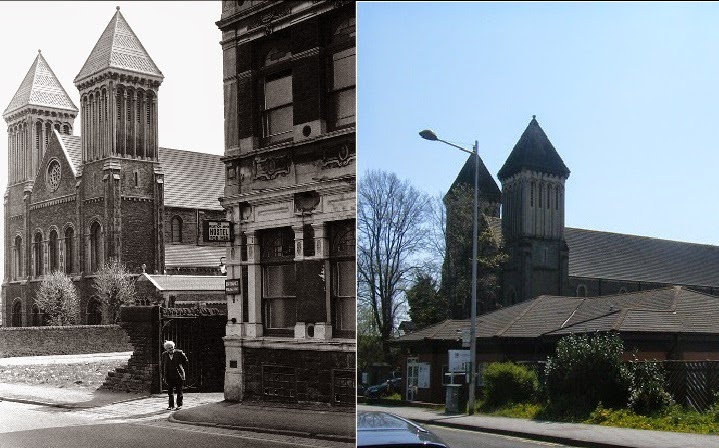Richard N Haas, President, Council on Foreign Relations
offered the following distinction between a “war of necessity” and a “war of
choice.” The former are unavoidable, involve critical national interests, there are no
alternatives to the use of main force, and a certain and considerable price would be paid as a consequence of inaction. The Second World War is the prime example.
The War of Choice, on the other hand, tends to involve less vital interests and viable
alternative policies are available, be they diplomacy, inaction, or other
sanctions.
Haas acknowledged that subjectivity was unavoidable in such
characterizations. However, the key point is that his distinction is not one
between wars that are judged to have been 'good' and wars that are judged to have
been 'bad' or between those seen as 'successes' and those seen as 'failures'. In
short the retrospective assessment as to whether a war was worth fighting or well
fought has no bearing on what kind of war it was. Our verdict of policies is inevitably shaped retrospectively
on the outcomes and the balance between results and costs. However, hindsight should
not be required to understand what was done and why. This does not of course matter when it comes to wars of
necessity as, by definition, such wars must be fought. Wars of Choice, on the
other hand, place full responsibility on decision-makers due to the considerable
human, military, and economic costs associated with armed conflict. Such decisions
should be made in the light of a rigorous public assessment of the likely costs
and benefits of action and the possibility that other policies might be
implemented. Wars of Choice are not then eliminated but it should be better
understood that they must be the exception, not the rule, to ensure that there is
adequate will and ability to fight Wars of Necessity when they materialize.
In a retrospective assessment of the Falklands conflict of
1982 it was noted by The Spectator (31 March 2012) that it coloured domestic
politics in changing attitudes to foreign policy and war itself. Much debate has
concerned its contribution to the re-election of Thatcher and her Conservative
government in 1993. A more general point to be considered is the opportunity the
Falklands ‘victory’ afforded her successors. That was in signalling the apparent
reversal of Britain's steady international decline since the Suez debacle of
1956. Through the 1970's, Europe aside, Britain's politicians were primarily preoccupied
with the domestic challenges of industrial decline and unrest; economic recession
and an IMF bail-out. And, lest we forget, the war on domestic terrorism emanating
from Ulster which is still euphemistically referred to as ‘The Troubles’. The
Falklands reinstated foreign affairs as a measure of successful leadership and
that has remained the case ever since.
“Everywhere I went
after the war,” Thatcher wrote in her memoirs, “Britain's name meant something
more than it had.”.
Whereas America's costly defeat in Vietnam had made war seem
messy and unpredictable. Thatcher's apparent victory in the Falklands
reinstated the notion that war could achieve political ends quickly and
efficiently. The fatalistic anti-militarism that had prevailed in Westminster
was replaced with the refrain that Britain's noble and professional armed
forces were the “best in the world”.
From its contribution to the static defence of Europe from
the Soviet Union through the Cold War Britain's appetite for active conflict
was reinstated. Consciously or otherwise, Thatcher’s triumphalism informed Britain’s
subsequent engagement in a series of military interventions. From the short,
sharp excursions of the first Gulf war, Kosovo, Sierra Leone etc. the ‘successful’
run of expeditionary wars ended in Afghanistan and Iraq. The constantly changing
rationales offered for fighting indeterminate and elusive enemies yielded inevitably
disappointingly political results. In consequence the Falklands war- a swift victory
over another nation state for a simple cause —is now regarded with almost as
much pride and nostalgia in Britain as the 1966 World Cup.
Opinion polls suggest that the British public remain firmly opposed
to any concession on the governance of the islands and that any compromise with
Argentina would be impossible while the war is a living memory. Leaving aside
the direct cost of that ‘victory’ the British Government’s commitment to the Falkland
islanders' right of self-determination, including the garrison and air and sea
links to Britain, is currently estimated at £200m a year. That it be viewed
retrospectively as a War of Necessity and its ongoing defence generally accepted
and supported as a matter of choice by
the wider public can be attributed, in part, to that war's lasting emotional
impact.
For the current generation of Britain's leaders, who mostly reached
(what passes for) political consciousness in the early 1980s, that conflict
left its mark. The Tory party (and it would appear many Labour politicians)
revere Thatcher. This week’s vote in favour of military intervention in Syria was
resoundingly presented by its supporters as a matter of necessity. It has ever
been thus. However, by virtue of the level of public opposition and open debate,
it may be more correctly seen to be one of choice. The disparity between the
Parliamentary vote and public opinion suggests the, albeit cynical, conclusion
that the engagement is all about retaining some of Thatcher’s swagger in the
international community.
In making that commitment those that voted favour should
be reminded that they are not buying Britain a place at the big table- we are merely
renting a chair indefinitely.
In that respect British foreign policy merely clings to the
tatters of its former imperial glory. A lot of innocent people get killed to
allow a few third rate people to travel first class.






